Recently, the Thai Rice Exporters Association said that Vietnam has surpassed Thailand to become the world's second largest rice exporter in the first 6 months of this year. This achievement is increasingly reflecting the shift from "exporting a lot" to "exporting with value," creating a clear competitive advantage.
However, to maintain its position, the Vietnamese rice industry still needs to remove some bottlenecks and face significant risks: the impact of saltwater intrusion, drought and climate change, causing potential fluctuations in output; export management policies and technical barriers from demanding markets such as the EU and Japan remain major challenges.
In the context of weak global demand or strong price cuts from competitors, Vietnam's price competitiveness will narrow. This requires a long-term strategy, shifting the focus from increasing output to improving product value.
In the long term, the sustainable direction must be to shift to exporting high-quality, organic rice, traceability and building a national brand. Otherwise, the current second position may just be a short-lived "wave peak" amid the cycle of oversupply and global climate change.
Regarding this issue, the Prime Minister assigned the Ministry of Agriculture and Environment to study the above information; preside over and coordinate with relevant agencies to have a specific plan to handle it immediately according to their authority; seize opportunities, and more "speedily" implement the export of rice, especially high-quality rice and organic rice, associated with the traceability system and building a national rice brand to increase added value in rice exports.
Accelerate the implementation of the Project on sustainable development of 1 million hectares of high-quality and low-emission rice cultivation associated with green growth in the Mekong Delta by 2030.
Source: https://quangngaitv.vn/nghien-cuu-thong-tin-giai-phap-de-gao-viet-giu-vi-tri-xuat-khau-thu-2-the-gioi-6506272.html



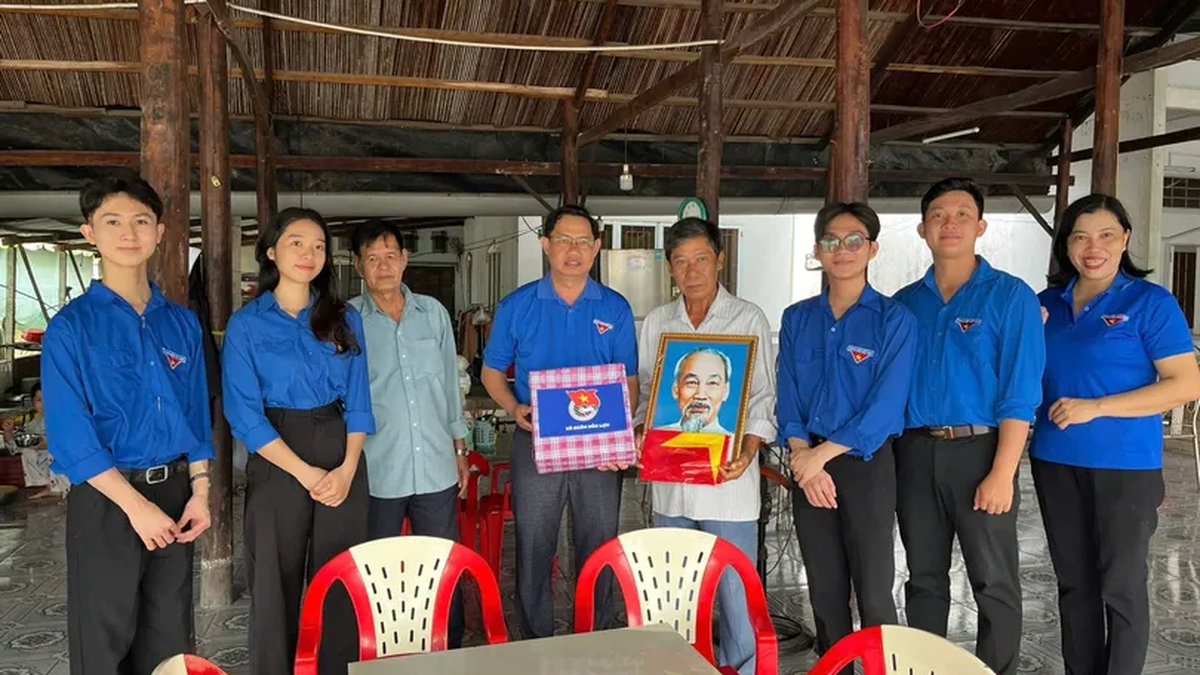



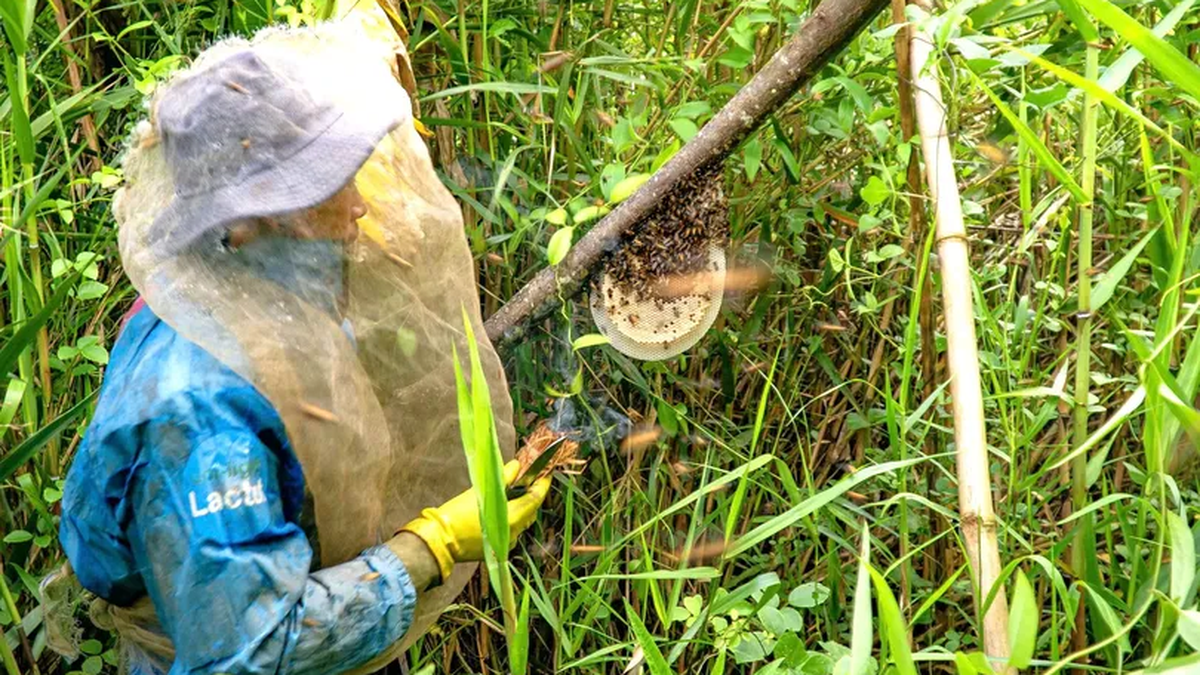



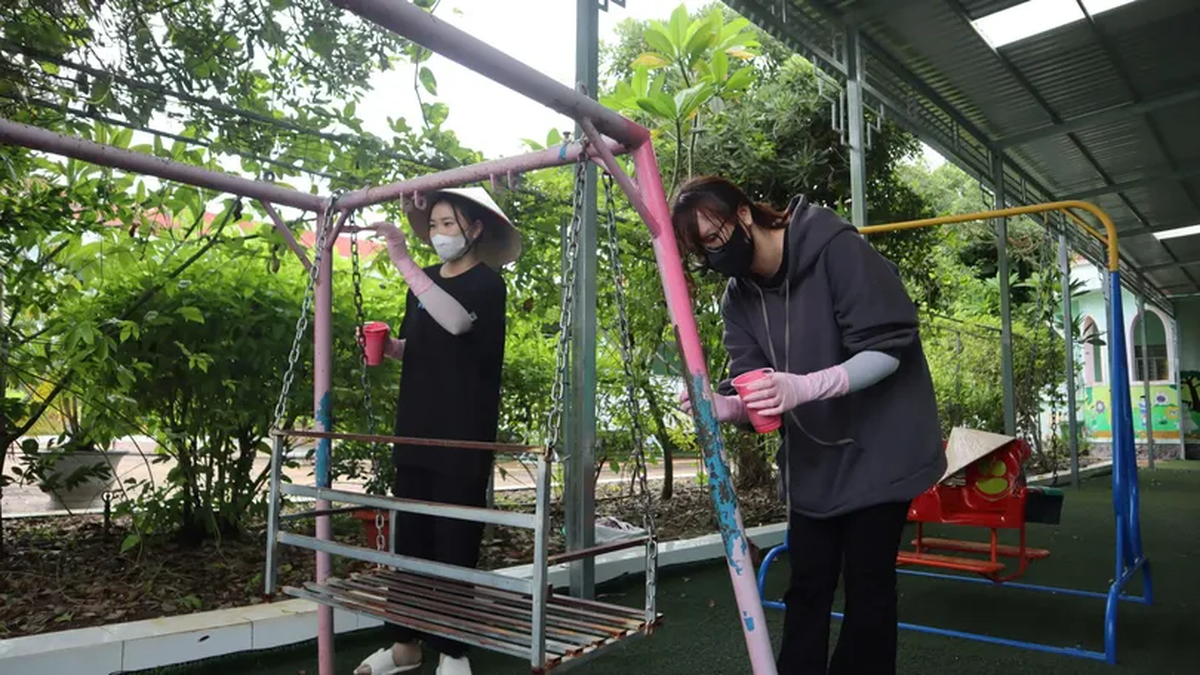











![[Photo] Close-up of the first International Financial Center building in Ho Chi Minh City](https://vphoto.vietnam.vn/thumb/1200x675/vietnam/resource/IMAGE/2025/8/19/3f06082e1b534742a13b7029b76c69b6)

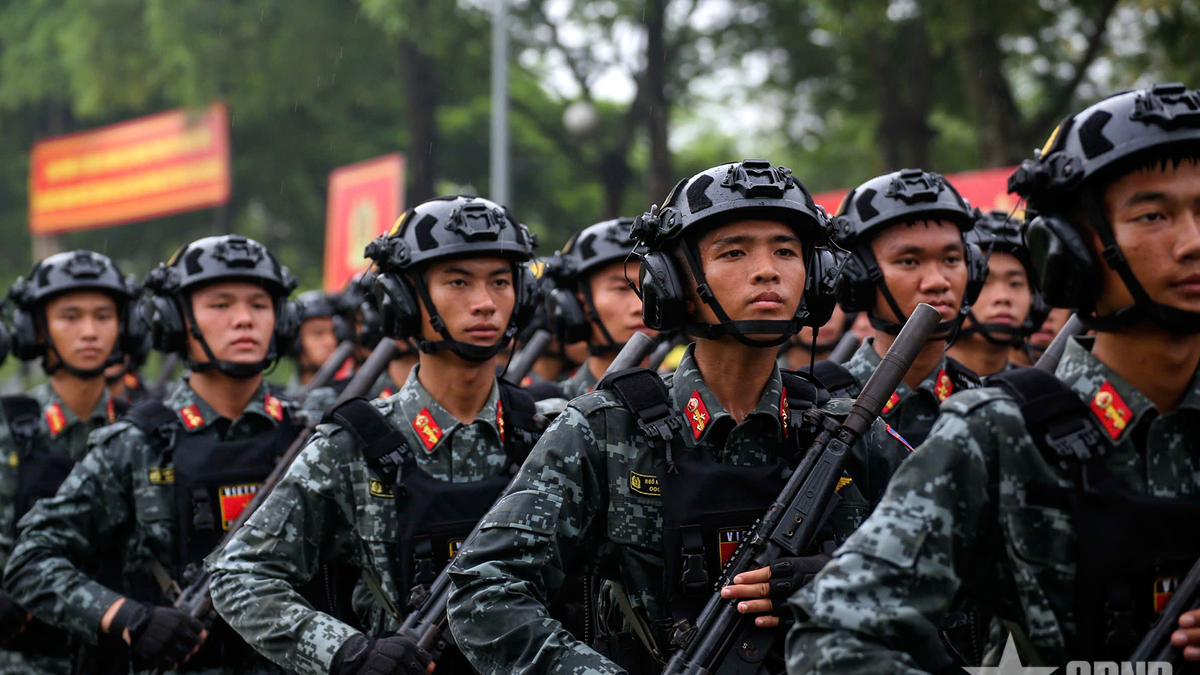
![[Photo] President Luong Cuong's wife and Queen of Bhutan visit Tran Quoc Pagoda](https://vphoto.vietnam.vn/thumb/1200x675/vietnam/resource/IMAGE/2025/8/19/62696af3852a44c8823ec52b03c3beb0)
![[Photo] General Secretary and Prime Minister visit the National Exhibition and Fair Center](https://vphoto.vietnam.vn/thumb/1200x675/vietnam/resource/IMAGE/2025/8/19/f4503ad032d24a90beb39eb71c2a583f)


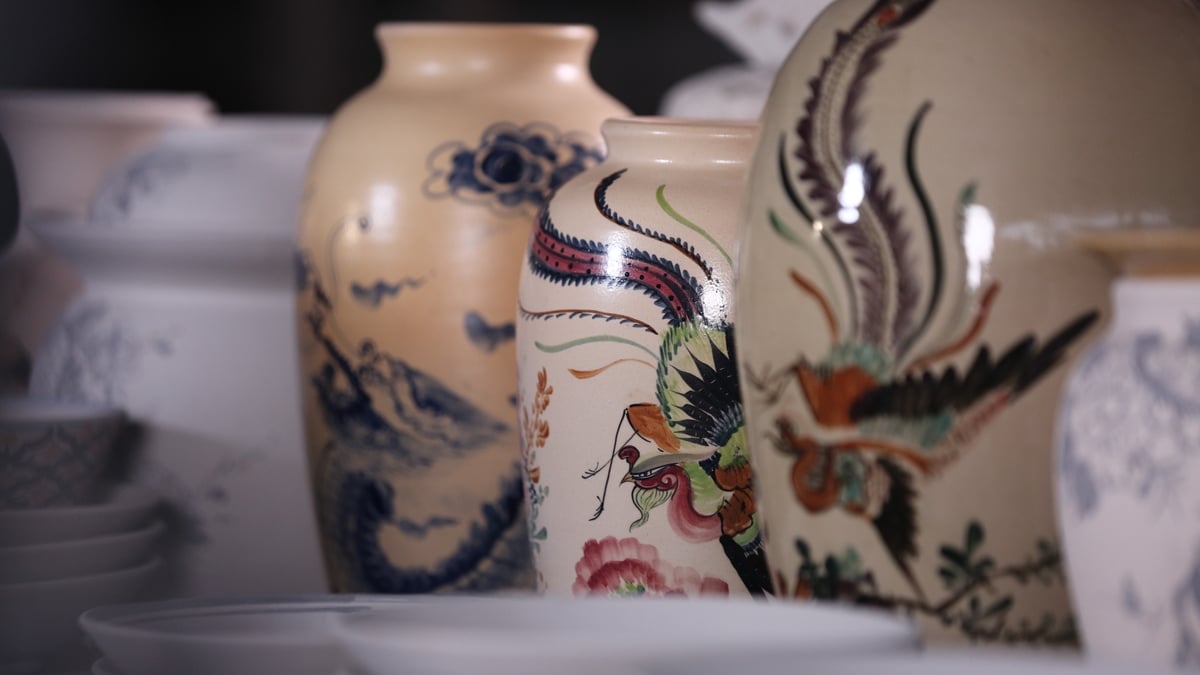
![[Photo] Politburo works with the Standing Committee of Da Nang City Party Committee and Quang Ninh Provincial Party Committee](https://vphoto.vietnam.vn/thumb/1200x675/vietnam/resource/IMAGE/2025/8/19/b1678391898c4d32a05132bec02dd6e1)
![[Photo] General Secretary To Lam attends the inauguration and groundbreaking ceremony of 250 projects to celebrate National Day](https://vphoto.vietnam.vn/thumb/1200x675/vietnam/resource/IMAGE/2025/8/19/3aa7478438a8470e9c63f4951a16248b)
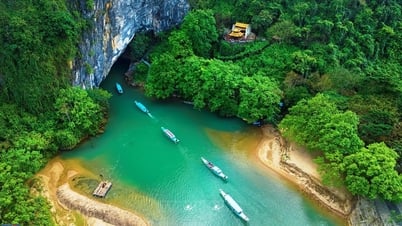

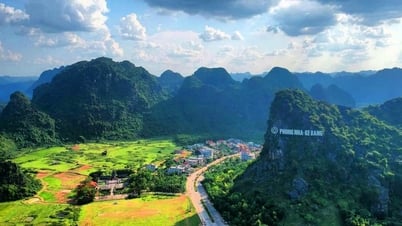

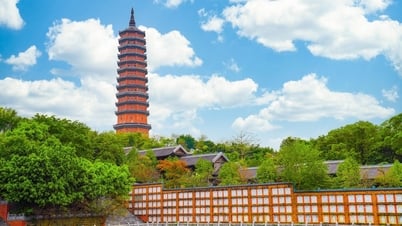

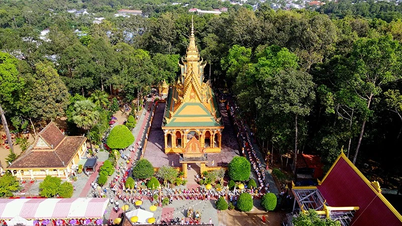






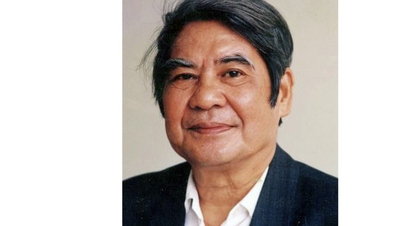

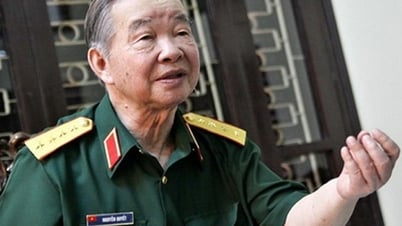









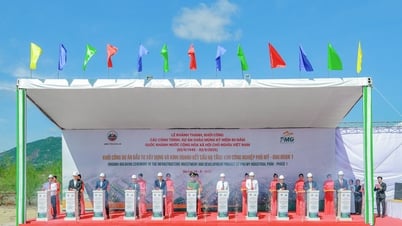
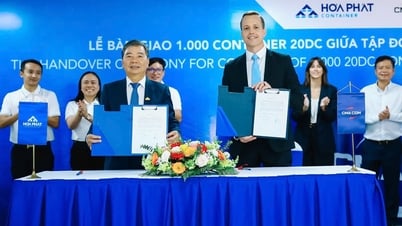
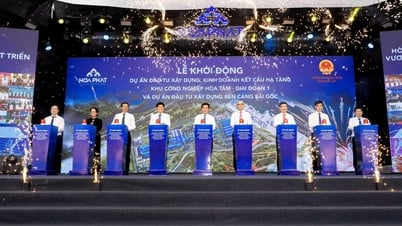
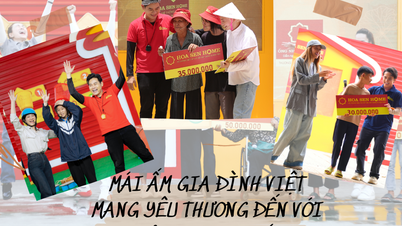

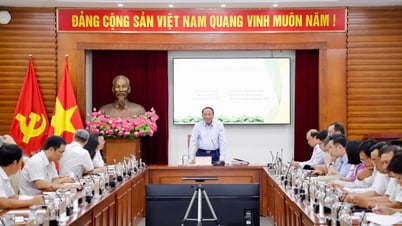

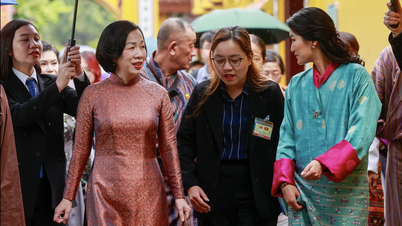




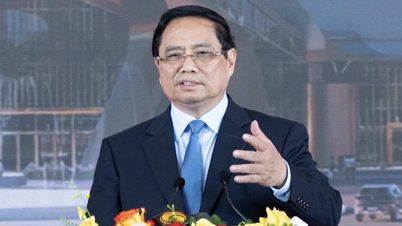
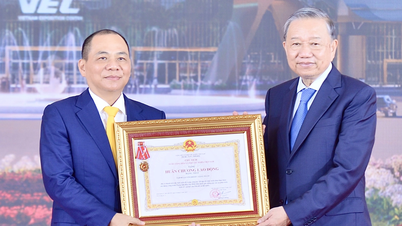



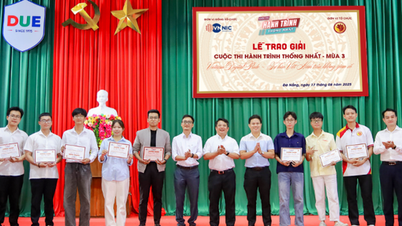


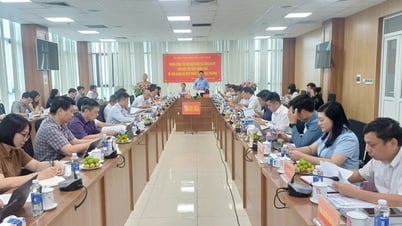







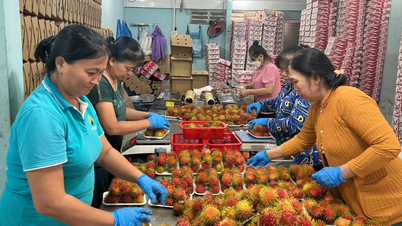
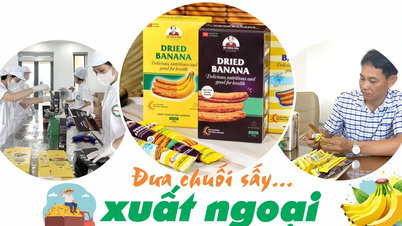

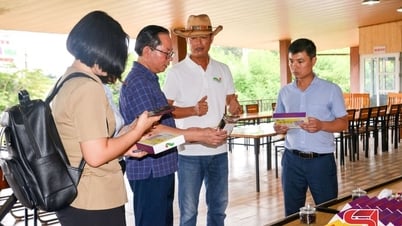

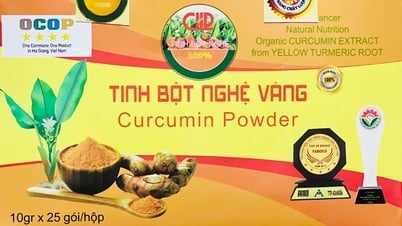

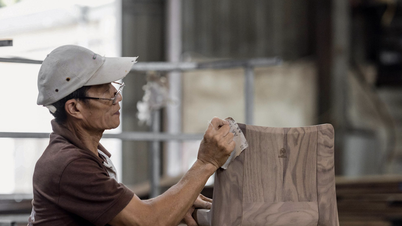







Comment (0)